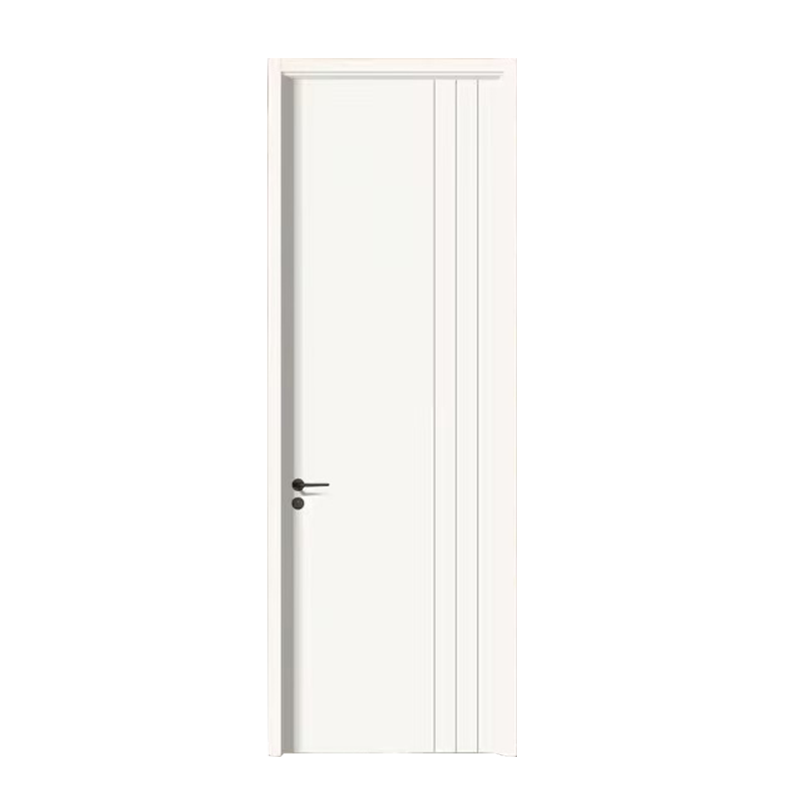When you're choosing a material for your next home improvement project, two options often come up: WPC Panel and traditional wood panels. While they may look similar at first glance, they have very different compositions, properties, and ideal uses. Understanding these differences is key to making the right choice for your project.
What Are They Made Of?
The fundamental difference lies in their core materials.
-
Wood Panel: A traditional wood panel is made from 100% natural timber. It can be solid wood, or engineered wood products like plywood or MDF, which are made by binding wood fibers or veneers together with adhesives.
-
WPC Panel: The acronym WPC stands for Wood Plastic Composite. A WPC Panel is a hybrid material created from a mixture of wood fibers or wood flour and thermoplastics like PVC, PP, or PE. This mixture is heated and extruded into various shapes. The result is a product that combines the natural look and feel of wood with the durability of plastic.
Durability and Maintenance
This is where the distinction becomes most apparent.
-
Wood Panel: Wood is a beautiful but high-maintenance material. It's susceptible to moisture damage, which can lead to warping, rotting, and mold growth. It’s also a feast for pests like termites and can splinter over time. To protect it, wood requires regular sealing, staining, or painting.
-
WPC Panel: Thanks to its plastic component, a WPC Panel is exceptionally resistant to moisture, making it waterproof and immune to rot and decay. It's also impervious to termites and other wood-boring insects. This low-maintenance nature means it doesn’t require regular painting or sealing—a simple wash with soap and water is all it needs to stay clean.
Environmental and Aesthetic Considerations
Both materials have a different environmental footprint and a distinct aesthetic appeal.
-
Wood Panel: Natural wood offers an authentic, classic, and warm aesthetic. It is a renewable resource, but the sustainability depends on whether it's sourced from responsibly managed forests.
-
WPC Panel: WPC Panel is often made from recycled plastic and waste wood fibers, making it a good choice for those prioritizing a circular economy. While it's designed to mimic the appearance of wood, the look is more uniform and consistent. It lacks the unique grain patterns and natural variations of real timber, which some may see as a benefit (for consistency) and others as a drawback (for authenticity).

Cost and Installation
Costs and installation processes also vary.
-
Wood Panel: The initial cost of wood can range widely depending on the species and quality. Installation can sometimes be more labor-intensive due to the need for precise cuts and finishes.
-
WPC Panel: The upfront cost of a WPC Panel is generally comparable to or slightly higher than mid-range wood. However, its longevity and minimal maintenance costs can make it a more economical choice over its lifespan. Installation is often simpler and quicker because the panels are lightweight and typically come with a tongue-and-groove system.







